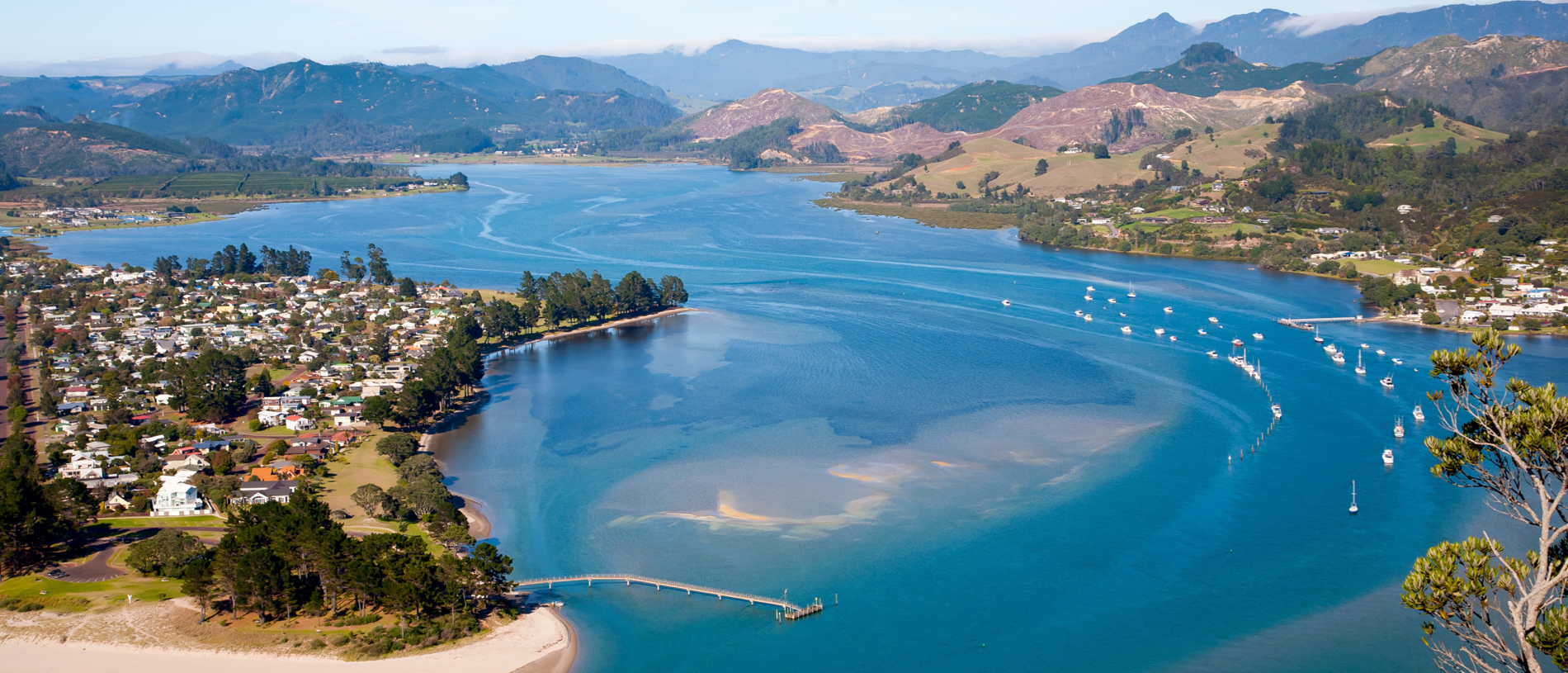
Coromandel: take the long way round
Even in an area that has more than its fair share of wonderful beaches, the gems that lie along this road less travelled are in a class of their own...
Off the coast of the Coromandel Peninsula archipelagos of small, mostly uninhabited islands provide the kind of underwater landscapes that divers’ dreams are made of.
The Mercury Islands can be reached by boat from the hub of Whitianga. Popular with divers, the islands offer unique ecosystems both above and below the sea.
Named by Captain James Cook, The Mercury Islands were given their moniker due to their proximity to the place where he observed the transit of Mercury in 1769.
The Mercury group consists of seven islands east of Ōpito Bay – the four larger islands are Great Mercury Island/Ahuahu, Red Mercury Island/Whakau, Stanley Island/Kawhitu and Double Island/Moturehu. The three smaller ones are Middle Island/Atiu, Green and Korapuki islands.
The Crown purchased Great Mercury/Ahuahu, Stanley Island/Kawhitu and Double Island/Moturehu between 1858 and 1865, but Great Mercury/Ahuahu passed into private ownership soon after. In the late 1970s the Government tried to negotiate re-purchasing Great Mercury, but was unsuccessful and the island was sold to well-known New Zealand businessmen Sir Michael Fay and David Richwhite.
In 1968 local Māori gifted Red Mercury, Green, Middle and Korapuki islands to the Crown as scenic and wildlife reserves, and today these are managed by the Hauraki Gulf Maritime Park
The volcanic landscapes of the Mercury Group are home to many of New Zealand's endangered bird and reptile species.
While landing ashore is prohibited on most of the Mercury Islands, the sheltered coves are popular with boaties, and underwater there are temperate diving conditions with rich currents flowing from the tropics and feeding all manner of marine life.
Below the surface, you’ll find rocky reefs, colourful underwater caves, overhangs and sheltered coves with fish-filled kelp forests.
Green Island and Middle Island/Atiu also provide excellent diving and great fishing on their north-west sides where the seabed drops from 15m to 25m.
You can spot invertebrates like Jason’s nudibranch or photogenic triple finned fish species. New Zealand fur seals kekenō, kina, scallops and crayfish are also abundant here.
Further south, the Aldermen group of islands off the coast of Pāuanui are often referred to as the vanishing volcanoes. Hongiora, Ruamahuaiti, Ngāhoro, The Spire and Ruamahuanui islets are remnants of a much larger volcanic complex which erupted around five million years ago.
The rocky islands were originally named ‘The Honorable Court of Aldermen’ by Captain Cook on his 1769 visit. Protected since 1933, and gifted by Māori in 1970, the Aldermen group now constitutes one of the most important wildlife sanctuaries in the Coromandel region, administered, like the Mercury Islands, as part of the Hauraki Gulf Maritime Park. These islands are home to endangered reptiles, rare native plants many nesting sea birds, so venturing ashore is strictly prohibited.
However, with huge drop-offs and an equally large range of fish life, the diving is spectacular. Features include caves, pinnacles and a major feeding station just below the surface.
Other regular visitors to Coromandel’s offshore islands include humpback whales, marlin, stingrays and sub-tropical species such as turtles, sunfish, manta rays and even coral fish.